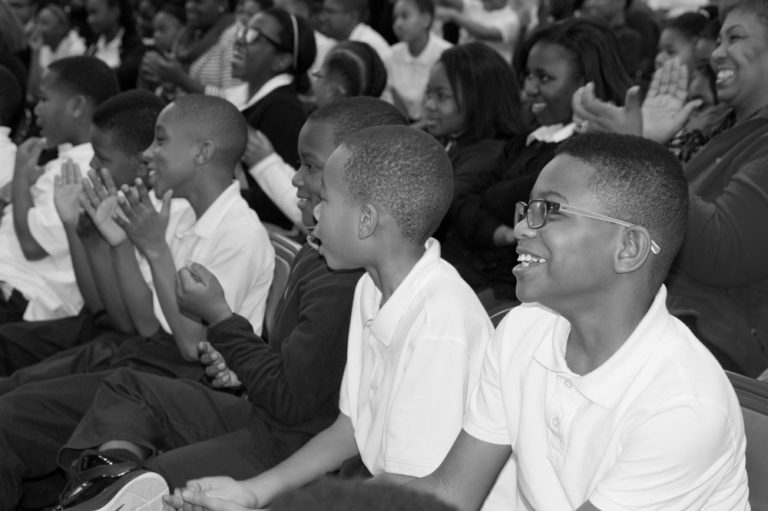Resources And Statistics
Resources
Being A Friend
This PDF book for teachers and classrooms has statistics and information about bullying, and information about prevention and intervention of bullying.
FLA Media Kit
This PDF book for teachers and classrooms has statistics and information about bullying, and information about prevention and intervention of bullying.
Statistics
Here are statistics from studies that journalists and other content creators can feel comfortable including in their pieces. If you find data that looks significantly different, examine it critically, or ask an expert. Source

- 28% of U.S. students in grades 6–12 experienced bullying.
- 20% of U.S. students in grades 9–12 experienced bullying.
- Approximately 30% of young people admit to bullying others in surveys.
- 70.6% of young people say they have seen bullying in their schools.
- 70.4% of school staff have seen bullying. 62% witnessed bullying two or more times in the last month and 41% witness bullying once a week or more.
- When bystanders intervene, bullying stops within ten seconds 57% of the time.
- 9% of students in grades 6–12 experienced cyberbullying.
- 15% of high school students (grades 9–12) were electronically bullied in the past year.
- However, 55.2% of LGBTQ students experienced cyberbullying.

How Often Bullied
In one large study, about 49% of children in grades 4–12 reported being bullied by other students at school at least once during the past month, whereas 30.8% reported bullying others during that time.
Defining “frequent” involvement in bullying as occurring two or more times within the past month, 40.6% of students reported some type of frequent involvement in bullying, with 23.2% being the youth frequently bullied, 8.0% being the youth who frequently bullied others, and 9.4% playing both roles frequently

Types of Bullying
The most common types of bullying are verbal and social. Physical bullying happens less often. Cyberbullying happens the least frequently.
According to one large study, the following percentages of middle schools students had experienced these various types of bullying: name calling (44.2 %); teasing (43.3 %); spreading rumors or lies (36.3%); pushing or shoving (32.4%); hitting, slapping, or kicking (29.2%); leaving out (28.5%); threatening (27.4%); stealing belongings (27.3%)

Where Bullying Occurs
Most bullying takes place in school, outside on school grounds, and on the school bus. Bullying also happens wherever kids gather in the community. And of course, cyberbullying occurs on cell phones and online.
According to one large study, the following percentages of middle schools students had experienced bullying in these various places at school: classroom (29.3%); hallway or lockers (29.0%); cafeteria (23.4%); gym or PE class (19.5%); bathroom (12.2%); playground or recess (6.2%).3